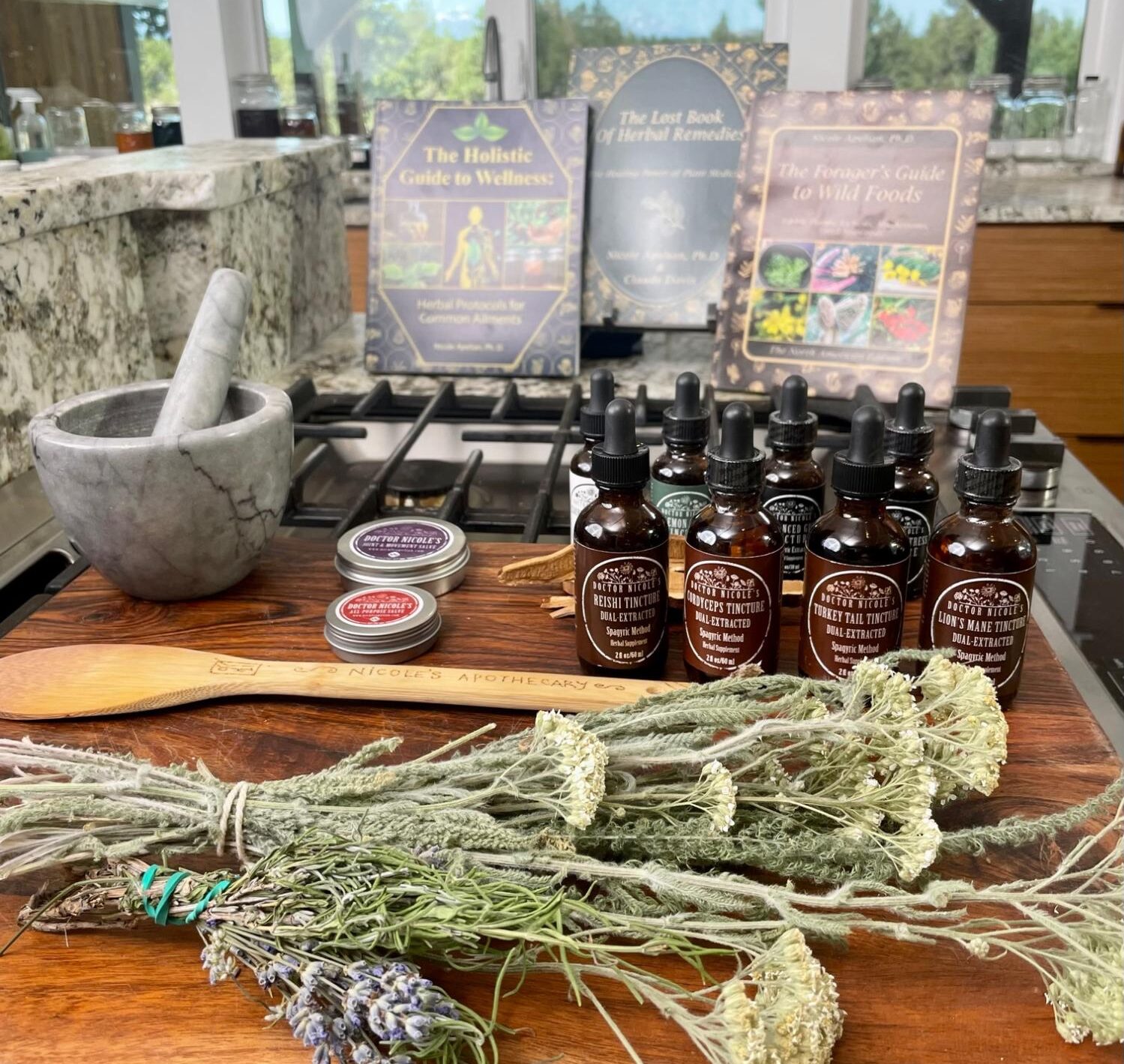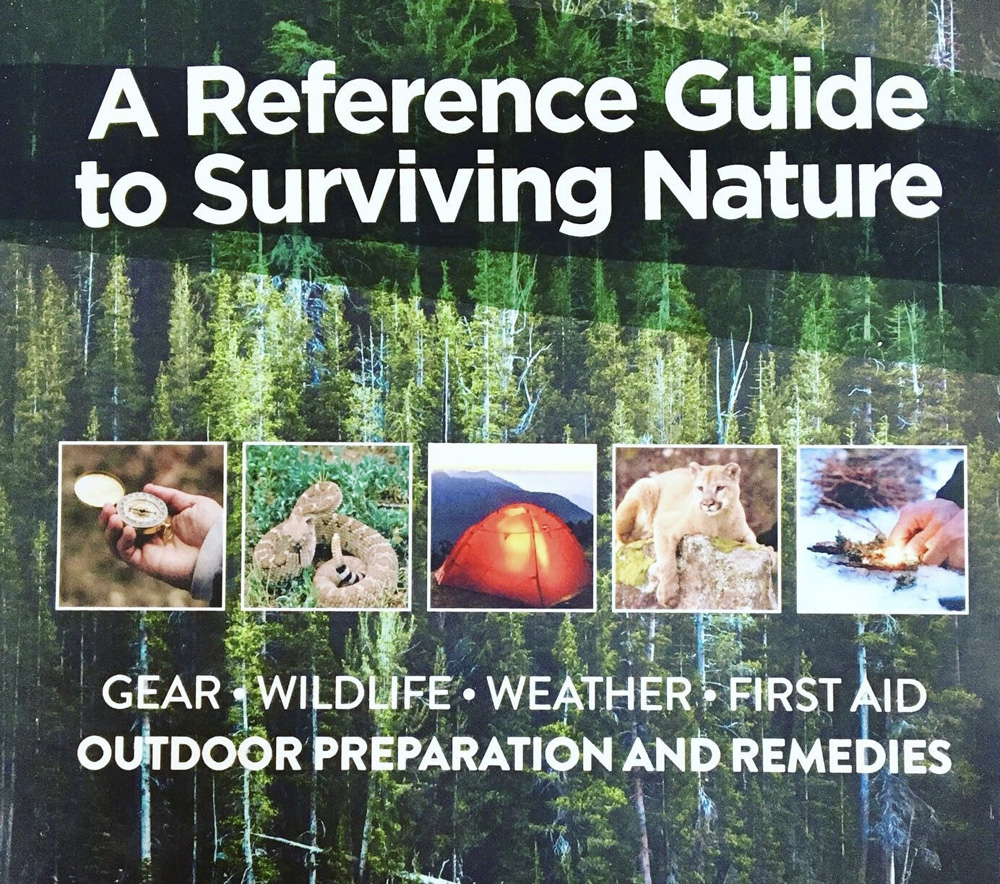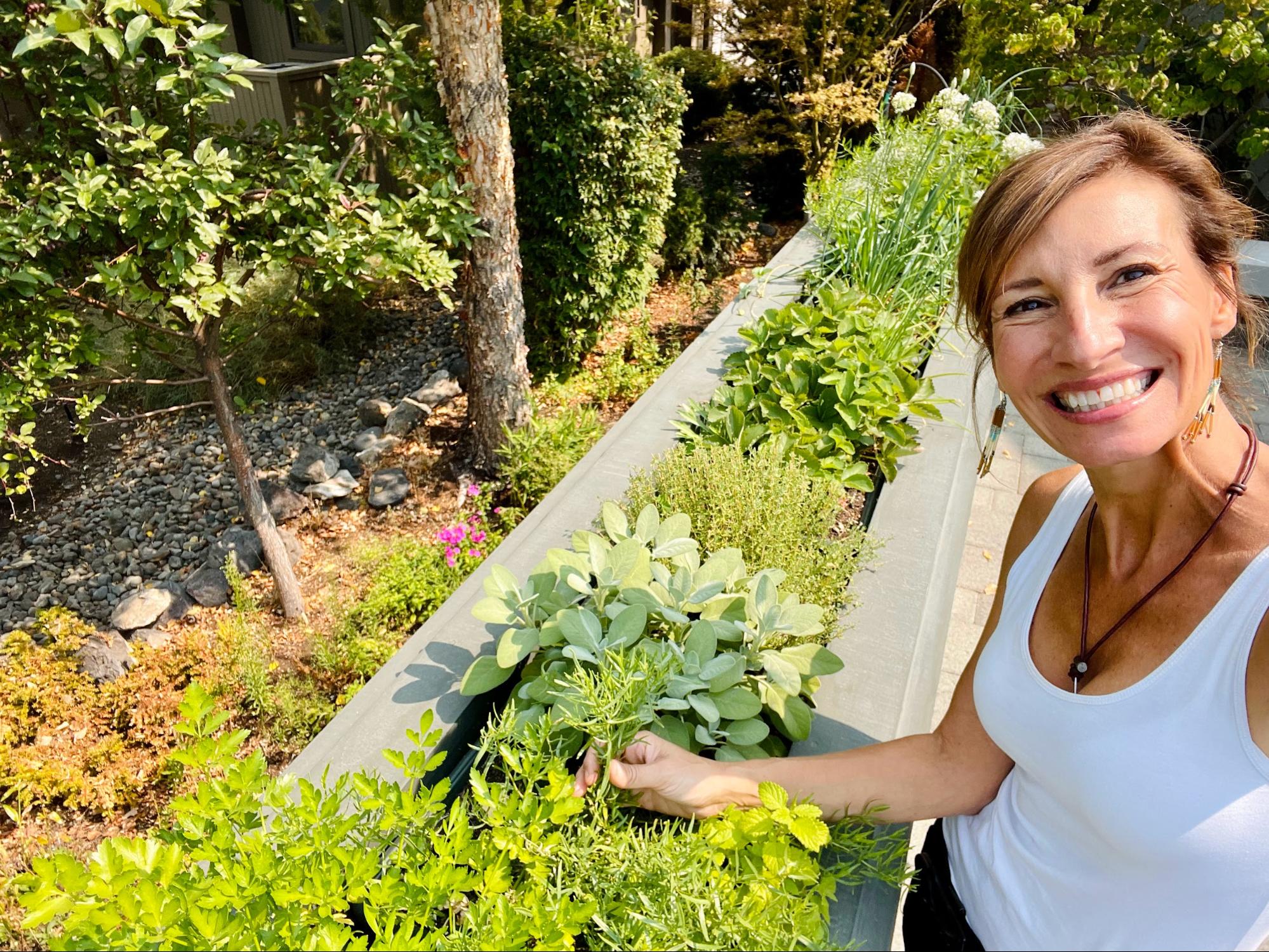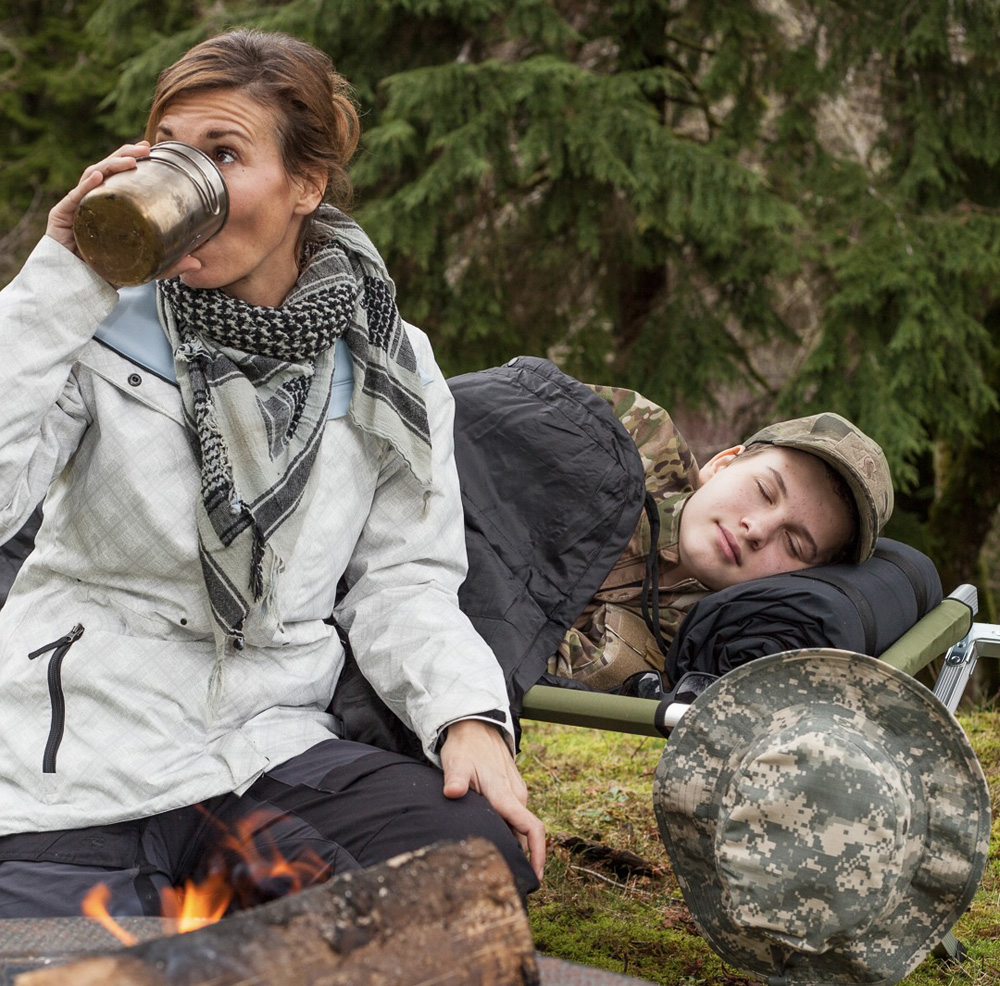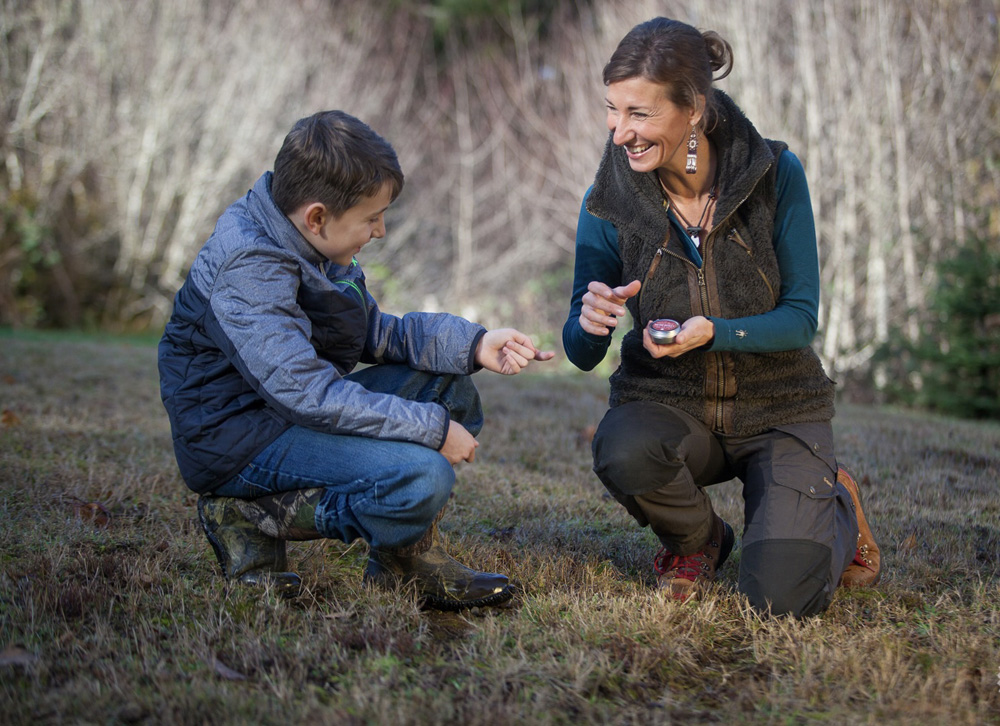Don’t Panic. Prepare Instead!
While living in the city during a long-term disruption of water and electricity during a power grid failure is not the ideal or even possible for months on end, there are preparations you can make that will address the immediate needs of you and your family until you can move to a more sustainable location. With severe weather events more commonplace and the vulnerability of our power grid a hot topic, my motto is not to panic but to prepare!

Preparedness for Small Spaces
Water — Keep one gallon of water per person/day with at least a three-day store. If you plan to shelter at home during a long-term outage, a two-week supply is the bare minimum. Since storage space is always an issue in apartments, water storage “bricks” are an excellent option as they can be stacked under a bed or in a closet. Some opt for heavy-duty 25-gallon mylar bags that are specially designed for water storage that can be kept filled under your bed.
I also recommend keeping a waterBOB on hand. It is a large, heavy-duty, BPA-free plastic bag with two threaded connections and thermally sealed seams. It includes a siphon pump for dispensing. You attach it to your bathtub faucet and then fill it with up to 100 gallons of water, which takes about 30 minutes.
A gravity-fed water filter that doesn’t require electricity or water pressure (such as a Berkey system) is essential as well to ensure your water supply is safe. I also keep iodine purification tablets in my kit as a backup.
See the post, “Prepping 101: Water!” for more tips.
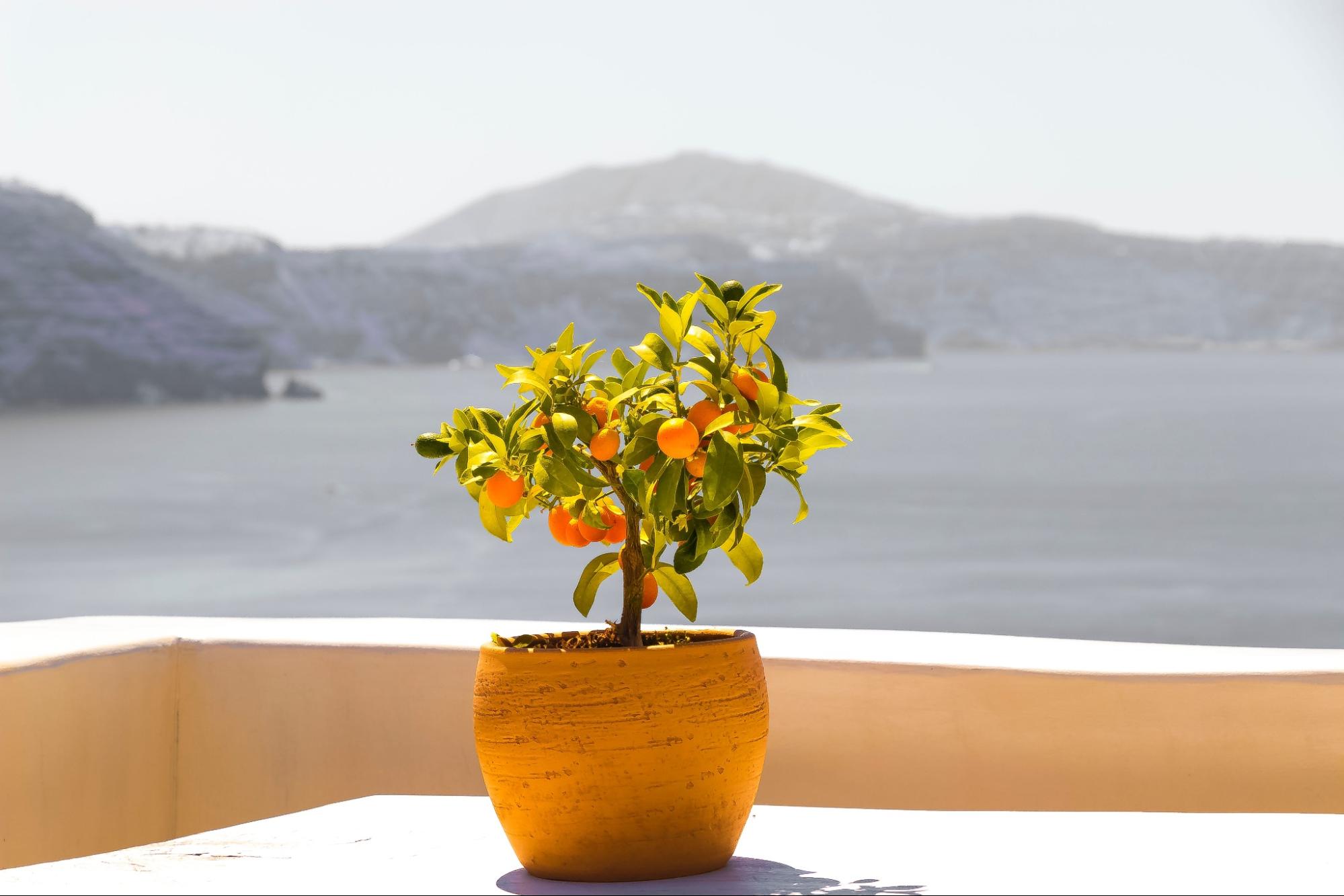
Food — Canned goods and other easy to cook food that doesn’t require refrigeration is essential. Couscous, parboiled grains, quick oats, canned beans and vegetables, granola bars, crackers, peanut butter, tuna, canned meat, freeze-dried camp food, or specialized prepper meals that take away the guesswork, such as those offered by My Patriot Supply are all good options. Focus on high-energy food with the most calories that will help to stretch your supply. For additional details, see this post.
It goes without saying that growing your own food in an apartment will be difficult beyond containers out on a balcony or along a window sill — but it isn’t impossible. And don’t forget about vertical gardening along outside walls or by a sunny window.
Having a supply of heirloom vegetable seeds is important, which can be stored in the freezer or vacuum sealed to extend their shelf life. Learn about seed saving so that when the time comes, you will have an ongoing supply.
Miniature fruit trees can also be grown in pots and kept on a balcony or indoors as long as there is enough sunlight. And don’t forget about medicinal herbs that can be easily grown. My Medicinal Herb Garden Seed Kit is a terrific place to start. This post also has outstanding tips for urban foraging. Keep in mind that if you would like to grow your own food, you should begin now so that you have a productive and workable system in place before a survival situation strikes.
Backpacking stove with fuel — Some high-efficiency stoves use collected branches, twigs, and pinecones for fuel. Otherwise, you will need to keep canisters of camping fuel in your kit. If you have a balcony, a small grill is always handy — just don’t forget a stored supply of fuel.
Paper plates and paper towels — If the water goes out, this will help to conserve your store, plus they can be burned after use as long as they are not plastic coated. Don’t forget disposable utensils. While plastic can be used in a pinch, it is better to source disposables that are made from bamboo as you can toss them into your grill fire and not have to worry about trash accumulation.
However, keeping a good supply of plastic trash bags for other types of waste during a prolonged emergency is essential, as is a roll of duct tape for surprise repairs when supplies are limited.
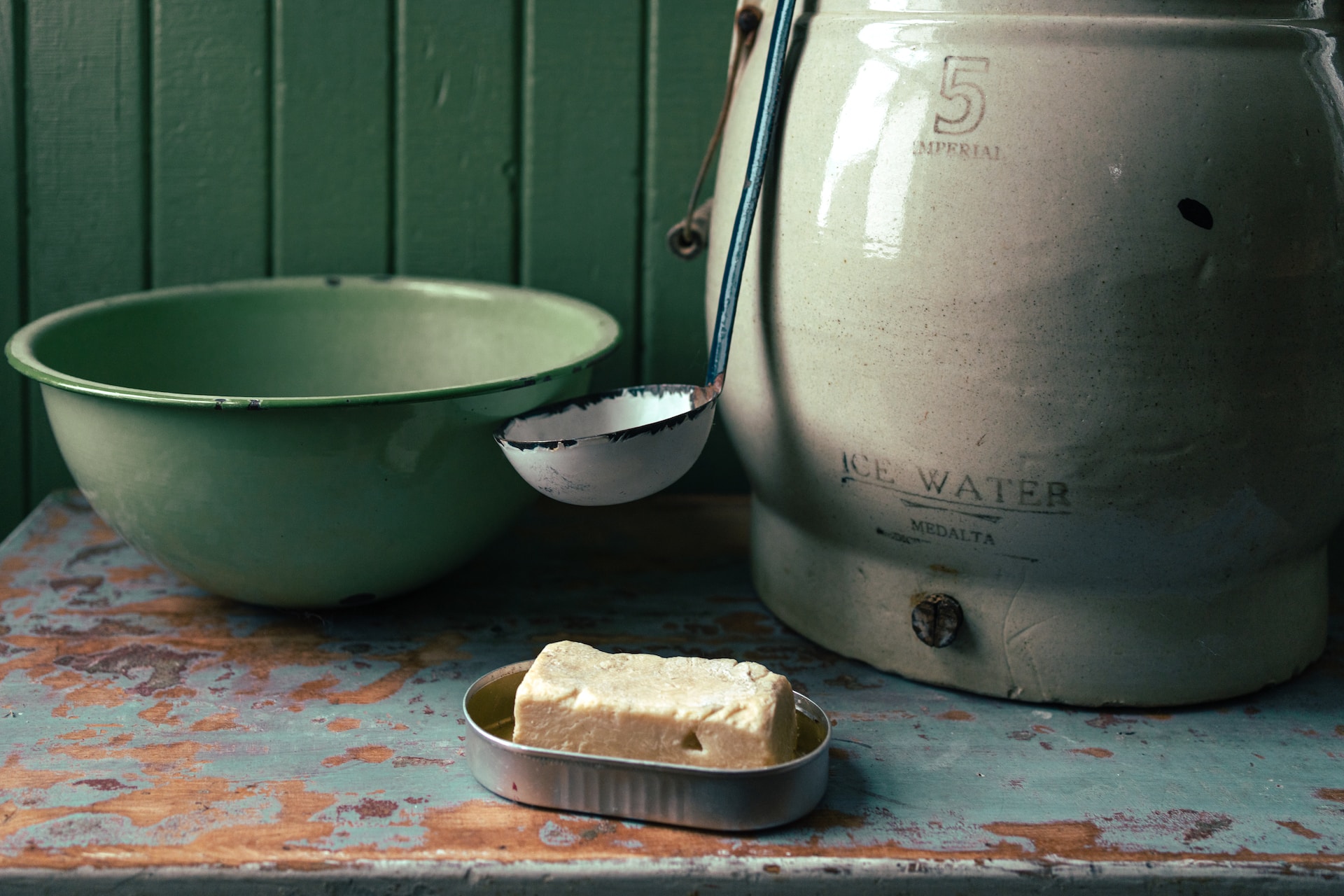
Shower and toilet — Another major issue if the grid goes down for any length of time is having a functioning toilet — especially if it is tankless and dependent on water pressure from the water pipes or if sewage pumps are inoperable. This is where a composting toilet comes in.
Beyond the DIY bucket method, there are now portable composting toilets that do not require electricity and separate solids from liquids to address unpleasant odors. You can also keep a supply of compost starter on hand to speed up the process. You will want to have wood pellet type cat litter available or use the ash from your portable grill. Once the compost is properly aged, it can be used for growing balcony and/or windowsill vegetables and herbs in extended survival situations.
Some keep a camp solar shower bag that can be warmed in a sunny window for bathing, but this will consume part of your valuable water store. Stocking a supply of baby wipes or compostable camping wipes will help to off-set water use for bathing. Dry shampoo is helpful as well.
Toilet paper — Consider what happened during the 2019 pandemic and prepare ahead.
Heat — While an apartment may fare better than a house as it shares walls with others and isn’t quite so exposed, you will need to consider a heat source during the winter months if you live in a cold climate.
My top pick is an indoor propane heater. While any gas heater can pose a CO2 risk, propane heaters specially designed for indoor use tend to be the safest. Always check that the connections on the heater and tank are not leaking gas each time you use it. This can be done by spraying a liquid fluorescent gas leak detector solution on the connections. Alternately, some use diluted dish soap, although a commercial product will detect even the smallest leaks. If there is an issue, the solution will bubble.
Additionally, a rechargeable carbon monoxide alarm adds an extra level of safety and can be life-saving when using a gas heater indoors.
Make sure to keep warm hats, gloves, and scarves readily available to reduce energy consumption for heat. Keep a survival blanket for each member of your family, which fold down into tiny sacks so they are easy to store in your home and/or car.
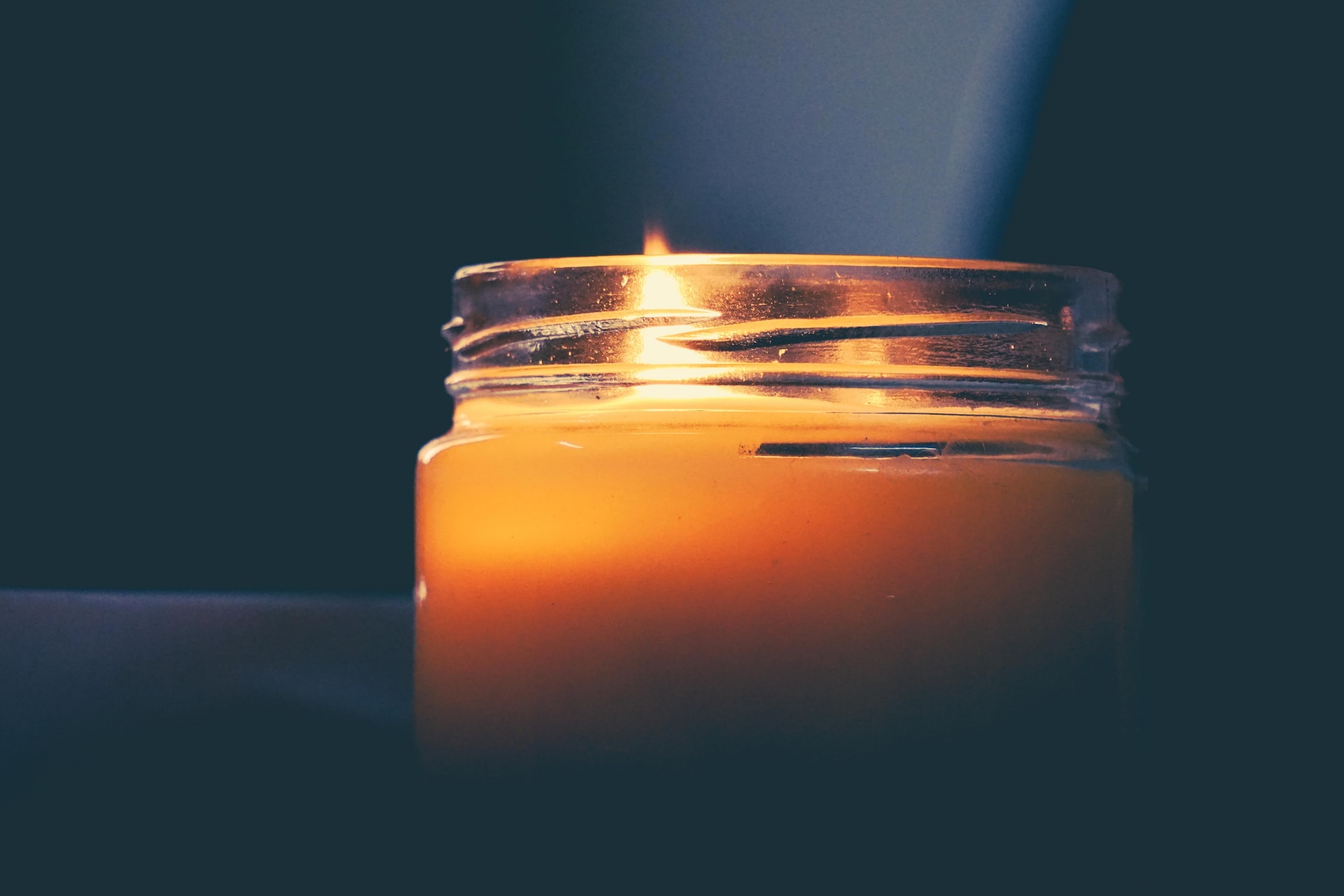
Emergency lantern — Designed to be safely used with long-lasting emergency candles, some models warm food and water on the top plate and produce a small amount of heat. I also like to keep a hand crank and standard rechargeable flashlight in my kit.
Cooling — If you live in a hot environment, consider non-electric cooling options. For apartments with HVAC systems for ventilation and sealed windows, it will be near impossible to shelter in place for any length of time if the grid fails. Only apartments with windows or sliding doors that open to a balcony will be sustainable for more than a few days during the heat of summer.
Tiny portable AC units are available that can run on solar-charged batteries, but they are limited in scope. You can also keep cooling towels in your kit. These are specially made fabrics that you wet and keep around your neck. They stay cooler longer than a bandana used in the same way.
During the daytime, close your curtains or blinds, along with the windows — unless there is a breeze. In this case, take a cue from the ancient Egyptians and hang damp sheets in open windows to help cool the air in arid environments.
If you live in a humid area, keeping your windows cracked when there is a breeze with the shades drawn down to the window opening will help to lower the indoor temperature. At night after the sun goes down, fully opening windows will help to clear out stagnant, hot air.
Since overheating is a real concern that can lead to heat stroke, try to stay outside in shaded areas (such as a grassy park under a tree) as much as possible during the day and carry out most of your activities in the cool morning or evening temperatures. Of course, staying hydrated by drinking plenty of water throughout the day is important too.
Hand crank radio — Crucial for important weather and emergency updates, choose a hand crank radio that has multiple charging options: crank, USB, solar, electric plug, and standard battery. Also, opt for those that integrate an LED flashlight.
Portable generator — Ranging in size from those that charge small devices to whole-house power, if you live in an apartment, you will need an option that does not run on fuel so that it can be used inside unless you can keep it out on a balcony. Limitations of storage space are also a consideration.
Personally, I like a combination of solar-charged large battery packs as well as a pedal powered generator that can be modified for use with your bicycle for small spaces. While they will not power large appliances such as a refrigerator, they are enough to charge devices — including a laptop.
Fire prevention — Since there is a good chance you will be using candles, propane indoor heaters, grills, fires, and camp stoves in the event of a grid failure, I strongly encourage you to keep several small fiberglass fire blankets within easy reach. They immediately smother gas, oil, and other types of fires without the mess of fire extinguishers. However, I do recommend keeping a fire extinguisher on hand as well for larger fires that can spread quickly. Make sure to keep an eye on the expiration date and recharge as necessary.
Medical kit — In times of uncertainty, a medical kit is essential. At a minimum it should include antibiotic ointment and spray, tweezers, bandages, bandage tape, SWAT-T tourniquet, Band-Aids, aspirin, ibuprofen, anti-diarrheal, Benadryl, electrolyte packets, and a store of prescription medicines. It is crucial to check expiration dates regularly to replace prescription and over-the-counter medications that are old. See here for more information on the emergency field kit I personally keep on hand at all times.
Don’t forget about herbal remedies. My wholesale tincture and salve bundle is an excellent option to keep in your kit as tinctures are long-lasting (5+ years) when stored in a cool location, such as a pantry or closet. And our salves last 3+ years when stored in the same manner. This bundle contains a full spectrum of medicinal tinctures that address a range of conditions and health challenges that may arise during a collapse. The Lost Book of Herbal Remedies is also helpful during tough times when traditional medicines may be unavailable.
Looking for more survival resources? Each post in the prepping 101 series can be found here.
For times when abandoning urban environments and populated areas is warranted, A Reference Guide to Surviving Nature: Outdoor Preparation and Remedies is just the right size to keep in your pack for easy reference. I also recommend keeping my newest book on hand, Wilderness Long-Term Survival Guide, which contains comprehensive safety and survival information.
Here’s to keeping your family healthy, safe, and prepared!
Nicole Apelian


